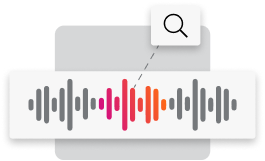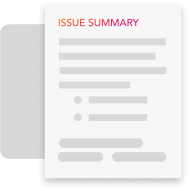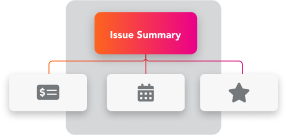Despite a company’s best intentions, there will always be a few customers who feel unhappy with a product or service. Listening to customer complaints and resolving the issues promptly go a long way towards helping companies retain valued customers and keep them from taking their business to a competitor.
However, for organizations in highly regulated industries such as financial services, the effectiveness and accuracy of reporting and managing complaints has more far-reaching consequences. Financial services companies such as retail banks must report customer complaints to regulators — such as the Consumer Financial Protection Bureau (CFPB) in the U.S. — who are charged with protecting consumers per current laws and regulations governing the financial services sector.
These reporting mandates mean that contact centers and the broader business are faced with increased risk and expense that typical complaint management systems and processes cannot address.


The Consumer Financial Protection Bureau received approximately
994,000
complaints
in 20211
Complaint logging adds minutes to total call time
The problem for banks and their contact centers is that mandatory reporting on consumer complaints — whether those complaints involve the contact center or not — results in a significant amount of time and costs for agents to log a complaint in a complaint management system during the course of the customer interaction. And even though the complaint is often completely unrelated to the contact center, logging a complaint typically requires at least 40 seconds up to two additional minutes of the agent’s time.
That’s because it’s a mostly manual process, starting with the agent triaging whether a customer is stating a complaint or not. This task requires the agent to make a judgment call, the accuracy of which is dependent on the proficiency and experience of the agent. Every agent may interpret a complaint differently, leading to inconsistency over time.
Once a complaint is identified by an agent, then they must summarize and classify it in a complaint management system, which is usually separate from the customer relationship management (CRM) software and other tools the agent normally uses when assisting customers. The entire effort lengthens total call time and wait times for other customers who need help.
Previous attempts by contact centers to use technology such as post-call analytics to partially automate complaint logging haven’t delivered the promised reductions in cost, time or effort for agents. The process has remained highly subjective, time-consuming and manual.
In addition to the expense and effort for agents, the business has increased operational risk because it cannot easily and accurately quantify the size of the complaint problem or identify and address trends early.
Automation lessens the burden of complaint management for agents
Now there’s a better way to eliminate the burden on agents while improving compliance with regulatory controls. Advanced conversational artificial intelligence (AI) together with robotic process automation (RPA) deliver a real-time, automated alternative that eliminates much of the manual agent effort of identifying and logging complaints, removes subjective decision making involved in identifying complaints, and frees up the agent to help customers with other issues — all of which leads to significant, measurable reduction in costs.
The right conversational AI and contact center automation solution can automatically and accurately identify a customer complaint in real time, understand the complaint and log it in the complaints management system for the agent. Here’s how it works:




Identify a complaint: Complaints are captured in real time by monitoring every interaction with conversational AI that accurately recognizes customer intent, sentiment and emotion
Summarize and categorize it:
Automation automatically generates a summary of the complaint and categorizes it, while providing guidance in real time to the agent to help de-escalate the conversation and resolve the issue









Log the complaint:
The solution automatically logs the complaint in the complaints management system with no manual effort on the part of the agent
Close the loop:
RPA automatically follows up and closes the loop with the customer





Eliminating the subjectivity and the pressure of correctly identifying a complaint reduces the stress agents experience and the negative consequences of not recognizing complaints. Instead they are automatically notified that a complaint has been logged and receive guidance on how to handle the complaint with empathy.
The right conversational AI and automation solution can automatically and accurately identify a customer complaint in real time, understand the complaint and log it in the complaints management system for the agent. Here’s how it works:
Post-interaction analytics reduce operational risk with actionable insights
Monitoring 100% of customer interactions with conversational AI delivers benefits beyond automating the complaint process in real time. AI-powered interaction analytics then take all the unstructured data from customer interactions to deliver actionable insights that help organizations:
- Determine root causes of complaints
- Identify trends over time and across categories of complaints
- Correlate complaints across revenue, regulatory and reputational risks
With these insights, banks can take data-driven actions that mitigate complaint-related risk, drive compliance, and improve customer experiences and satisfaction.
What if your bank could save 50,000 minutes of agent time each month?
Using conversational AI and automation for complaint management in banking significantly reduces average handle time, frees up agents faster to reduce wait times for other customers, improves the accuracy of identifying and logging complaints, and reduces operating and compliance costs.
For a contact center handling approximately 50,000 complaints per month with added handle time of one to two minutes per complaint, automatically capturing, logging, summarizing and categorizing complaints can save the equivalent cost of approximately 15 fulltime employees. At the same time, the bank can improve compliance, mitigate complaint-related risk, and improve the agent and customer experience.
Source:
1.) “Consumer Response Annual Report: January 1 – December 31, 2021,” Consumer Financial Protection Bureau, March 2022
